TOTAL ANTHOCYANINS

Total Anthocyanin (tANT) measurement accounts for both free and bound anthocyanins in wine and is traditionally measured at pH 1.8 when the flavylium cation is fully colored (WINEXRAY). At wine pH (pH 3-4) the human eye can only see about 10-30% of the free anthocyanins. Polymerizing bound anthocyanins decreases the variability of color expression by pH. Overall, the peak total anthocyanin extracted during fermentation is key for understanding the inherent quality of the grapes and deciding which wine style to build.
Water-Soluble
Anthocyanins are charged at wine pH and therefore more water-soluble. Unlike tannins, they will partially extract in aqueous conditions (cold-soak) prior to fermentation, and completely extract in the presence of warm temperatures, movement, and alcohol. Cold soak is thus the only selective winemaking process that distinguishes between color and tannin. The efficiency of the cold soak can be determined as a percentage of peak total anthocyanin extraction during fermentation. This is a useful metric for monitoring adherence to protocols and understanding the characteristics of your fruit.
Cold-Soak Efficiency: <30% is low efficiency, 30-40% is moderate efficiency, 40-50% is high efficiency, and >50% is very high efficiency (WINEXRAY).
Concentration
Peak total anthocyanins are a useful metric for evaluating the quality of the grapes relative to previous vintages. We continue to reference this value throughout the winemaking process. Within the first ten days of fermentation, if not sooner, peak total anthocyanin extraction is reached and rapidly begins to decline (WINEXRAY). Extending maceration decreases total color through an unknown mechanism, although notably not from reabsorption into grape skins (Casassa et al., 2013; Yokotsuka et al., 2000). The peak value is a fundamental metric for predicting the amount of bound anthocyanin formation relative to tannin extraction. We assume about 10% of total anthocyanins will naturally polymerize due to warm temperatures during primary fermentation. For example, a common practice in the industry is to extract 1.2x the concentration of protein-precipitable tannin compared to total anthocyanin. This tends to form a favorable bANT:pTAN ratio for Bordeaux-style wines. Whatever your methodology, the most important consideration is timing. The vast majority of bound anthocyanin polymerization occurs within the first 100 days post-crush when total anthocyanins are abundant. Winemakers can facilitate their formation by maintaining warm temperatures above 21°C (70°F) until they achieve their desired style.
It is important to acknowledge that warmer temperatures also accelerate the loss of free anthocyanins. If we only observe total anthocyanins during polymerization, then our instinct may be to cool the red wine down to cellar temperatures and prevent color degradation. As free anthocyanins are the majority of total anthocyanins in a freshly fermented wine, it is natural to see a rapid decline at warmer temperatures. Even at lower temperatures, these pigments degrade due to a variety of mechanisms (most notably oxidation). The key is to harness color potential while it is highly concentrated in musts and young wines. Below are reference levels for Peak Total Anthocyanin measured during fermentation.
- <500 ppm is a low amount of color found in high-production wines and/or low-color cultivars like Pinot Noir.
- 500-1,000 ppm is a moderate amount of color.
- 1,000-1,500 ppm is a high amount of color capable of producing a wide variety of wine styles.
- 1,500-2,000 ppm is very high color typically seen in highly pigmented cultivars with balanced yields.
- >2,000 ppm is extremely high color commonly seen in highly pigmented cultivars with low yields.
Efficiency
Winemakers can monitor the efficiency of extraction determined as a percentage of peak total anthocyanin/grape extractable anthocyanin (last) and by comparing the phenolic profiles of free run vs. press fraction. These are powerful metrics for monitoring adherence to protocols and understanding the characteristics of your fruit. It’s important to remember that all wine macerations are partial extractions. No fermentation ever extracts 100% of the phenolic material available. Peak total anthocyanin extraction tends to be <80% of berry extractable anthocyanins. Tannin extraction is estimated to be as inefficient as 5-15% of total skin and seed condensed tannins (WINEXRAY). This is precisely why winemakers should compare free run and press fraction phenolic profiles to validate their extraction efficiency. A standard press fraction tends to have lower color and higher tannins than its free run counterpart. A low-efficiency extraction will have higher color and tannin in the press fraction than in the free run, and vice-versa for a high-efficiency extraction. All of these parameters together will fluctuate based on what actually happens in the fermentation, thus making them powerful metrics for winemakers.
Total Extraction Efficiency: <65% is low efficiency, 65-75% is moderate efficiency, 75-85% is high efficiency, and >85% is very high efficiency (WINEXRAY).
Conclusion
The most important takeaway for the total anthocyanin metric is simple, peak color is potential. Standard winemaking conditions will polymerize roughly 10% of the peak total anthocyanins extracted from the grapes during fermentation. Greater than 10% polymerization can be achieved by maintaining warm temperatures above 21°C (70°F) and delaying SO2 addition. It is one of the first indicators of phenolic balance during primary fermentation. How we take advantage of that potential in the first 100 days post-crush is critical for establishing wine style.
References
Colantuoni, G., McLeod, S. WINEXRAY LLC. https://www.winexray.com/
Casassa, L. F., Beaver, C. W., Mireles, M., Larsen, R. C., Hopfer, H., Heymann, H., & Harbertson, J. F. (2013). Influence of Fruit Maturity, Maceration Length, and Ethanol Amount on Chemical and Sensory Properties of Merlot Wines. American Journal of Enology and Viticulture, 64(4), 437–449. https://doi.org/10.5344/ajev.2013.13059
The Future of Winemaking: Honoring the vision of Professor Roger Boulton. (2022, November 7). https://livestream.com/accounts/11451219/rogerboulton
Yokotsuka, K., Sato, M., Ueno, N., & Singleton, V. L. (2000). Colour and Sensory Characteristics of Merlot Red Wines Caused by Prolonged Pomace Contact. Journal of Wine Research, 11(1), 7–18. https://doi.org/10.1080/713684213

